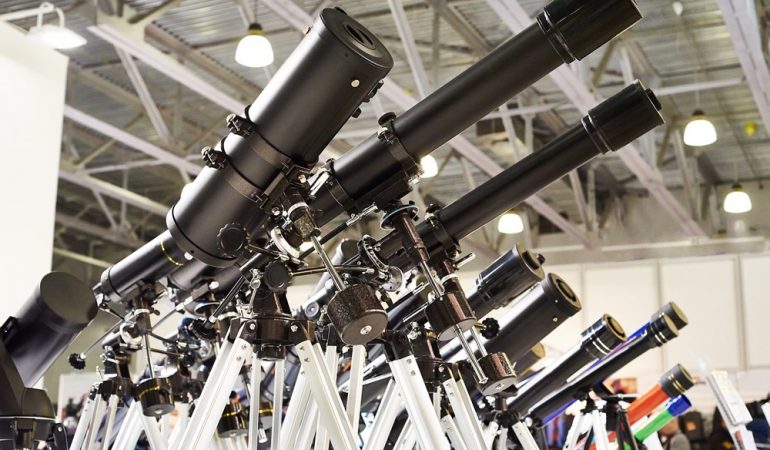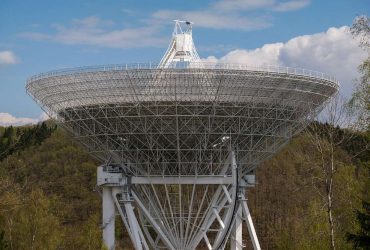What Are the Most Common Types of Telescope Mounts?
When browsing the market for the best telescope, most people tend to only pay attention to the optics and imagery it provides. And although these are crucial factors that weigh heavily when making a purchase, the mount it comes on can ultimately make or break the deal.
Regardless of how powerful and advanced your telescope is, your experience will amount to nothing if the mount it rests on is wobbly and shaky, making for a terrible in-depth viewing experience.
In most cases, you can expect to find a mount included with your telescope, especially if it’s a beginner version.
However, in others you may only find mounting rings or plates, which means you will need to buy your own mount. This does not only come as a responsibility, but also as an opportunity to buy a mount that you can check for yourself and see how long it takes for it to damp out the vibrations.
Fortunately, there are only two types of telescope mounts to choose from: alt-azimuth and equatorial mounts. We’re going to have a detailed look at each one of them to help you ultimately make an informed and useful purchase decision.
Alt-Azimuth Mounts
The Alt-Azimuth mount type is the more ‘simplistic’ version, since it enables the scope to move on two different axes: up-down (altitude) and left-right (azimuth). Although this type of mount allows you to point to whatever object you want, it was not built to follow the natural celestial movement.
This combination of azimuth and altitude is actually the path that planets and stars seem to follow on the sky – this is why you’ll need to operate the scope by moving it on these two axes. This can take away from of the viewing pleasure and can make accurate photography an impossible outcome.
These alt-azimuth mounts will most likely be used with either a Schmidt-Cassegrain or a Dobsonian reflector. The first type of reflector will be mounted on a camera tripod-like alt-azimuth mount, allowing for an easy and fluid motion. In the second case, we’ll have a so-called ‘rocker box’ mount, which is easy to operate by simply giving it a push.
Having said this, alt-azimuth mount types are perfect for those who are just starting out with astronomy and would prefer things not to become too complicated. However, it’s best to remember they are not a suitable option for astrophotography.
Read also: Lithium Grease For Telescope Gears
Equatorial Mounts
These are more advanced and offer far superior tracking abilities. This also has two axes that need to be taken into consideration, but their fiddling with only needs to happen once – in order to locate your desired object, you need to make sure the polar axis is aligned to the celestial pole. As soon as this is taken care of, you’ll just need to work with the polar axis that needs constant adjusting.
This feature allows for easy motorization and a more efficient way to keep the objects you want in your field of view. Equatorial mounts come in different variations, among which the most popular is the German equatorial mount, and are typically heavier and larger than the alt-azimuth ones.
Although it can take a little time to get used to, an equatorial mount is an amazing tool for any astronomy aficionado and a must for those who also want to spread their wings and dabble in astrophotography.
Go-To and Push-To Mounts
It’s no surprise that in this day in time, you can also easily find telescopes that have motorized alt-azimuth or equatorial mounts with technological features that allow you to automatically find the object you desire. We’re talking about motion sensors for each axis, hand-held computers and computerized databases.
Some of them may even take you on a tour of the sky, by presenting you the most attractive celestial sights, with audio information included. These Go-To mounts are ideal for beginners who typically want to spend more time observing, rather than painstakingly search for objects in the sky.
On the other hand, there are the Push-To mounts – the less expensive version and non-motorized version of the Go-To ones – which will also require you to manually enter the date and time, as well as to locate two or three of the brighter stars out there. However, as soon as you do that, you need to push the mount yourself, as directed by the readout it provides you with.
Ultimately, although the Push-To mounts may require more work on the user’s part, they may also help to develop a deeper interest in astronomy as opposed to Go-To mounts which require minimal involvement from the user’s part.



